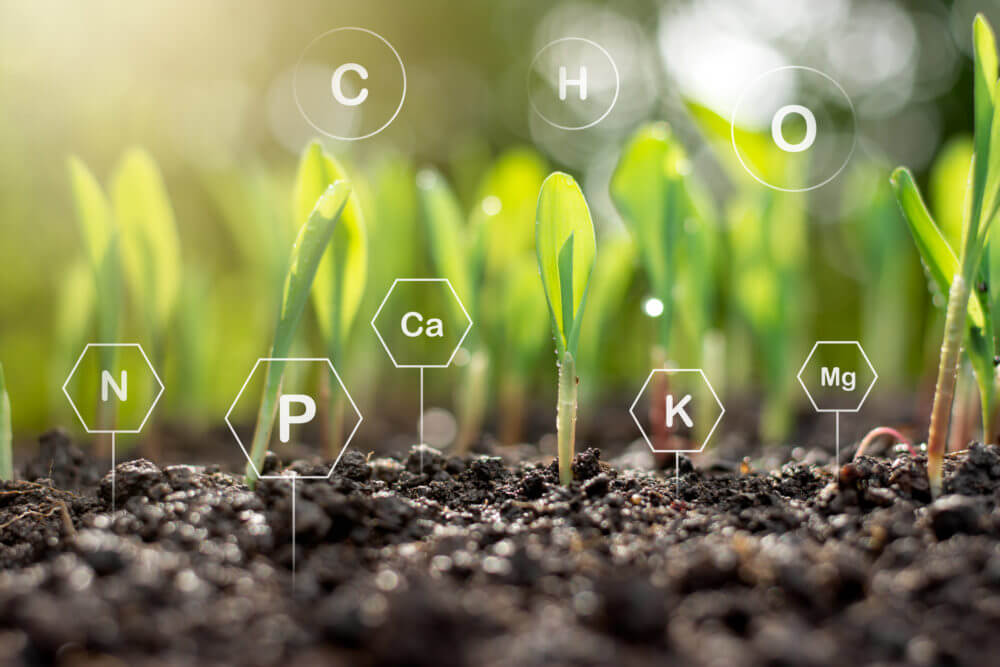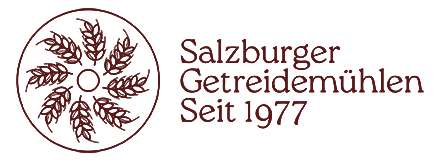
Valuable minerals in cereals
Just like vitamins, minerals are also vital food components. Although they do not provide energy, they are important for tasks in growth and metabolism. Minerals can be divided into two groups: bulk elements and trace elements. Quantitative elements are found in our body at more than 50 mg per kilogram body weight. These include sodium, potassium, calcium, magnesium, chloride, phosphorus and sulfur. Iron, iodine, zinc, fluoride, selenium, copper, manganese and molybdenum are the trace elements, the proportion of which is less than 50 mg per kilogram of body weight.
However, the mineral content may vary from grain variety to grain variety. While amaranth, for example, is particularly rich in sodium (25 mg/100g), corn kernels contain less of it (6 mg/100g). Another example would be the iron content. While 6.9 mg of iron per 100 g can be found in hulled millet grains, hulled barley grains contain only 2.8 mg / 100g.
As we can see, the mineral content can vary from variety to variety. However, even within a single cereal variety, there may be different levels of minerals. What the mineral content depends on, however, is the extent to which the grain has been processed. This is because certain processing steps can involve a severe loss of nutrients. If grain is milled into flour, the important thing is whether the whole grain is milled and valuable, nutrient-rich whole grain flour is produced from it. Or whether cereal grains are processed into white flour, in which the content of vitamins and minerals is vanishingly low.
With a
Salzburg flour mill
you can grind fresh and above all nutrient-rich wholemeal flour from a wide variety of grains, and valuable minerals are retained.
If you still want to know what important vitamins are in the whole cereal grain, we have
HERE is just the right article for you >>
https://www.gu.de/media/media/40/01627514066527/9783833847974_leseprobe.pdf (24.07.2019)
[1] Koerber, K., Männle, T., Leitzmann, C. (2004): Whole food nutrition : conception of a contemporary and sustainable diet. Stuttgart: Haug, p. 247
Address:
Gasteigweg 25,
5400 Hallein
Austria
Opening hours:
Monday to Thursday: 09 – 16:00
Friday: 09 – 12:00
Contact:
Phone: +43 6245 83282
E-mail: info@agrisan.at
Address:
Gasteigweg 25,
5400 Hallein
Austria
Opening hours:
Monday to Thursday: 09 – 16:00
Friday: 09 – 12:00
Contact:
Phone: +43 6245 83282
E-mail: info@agrisan.at

